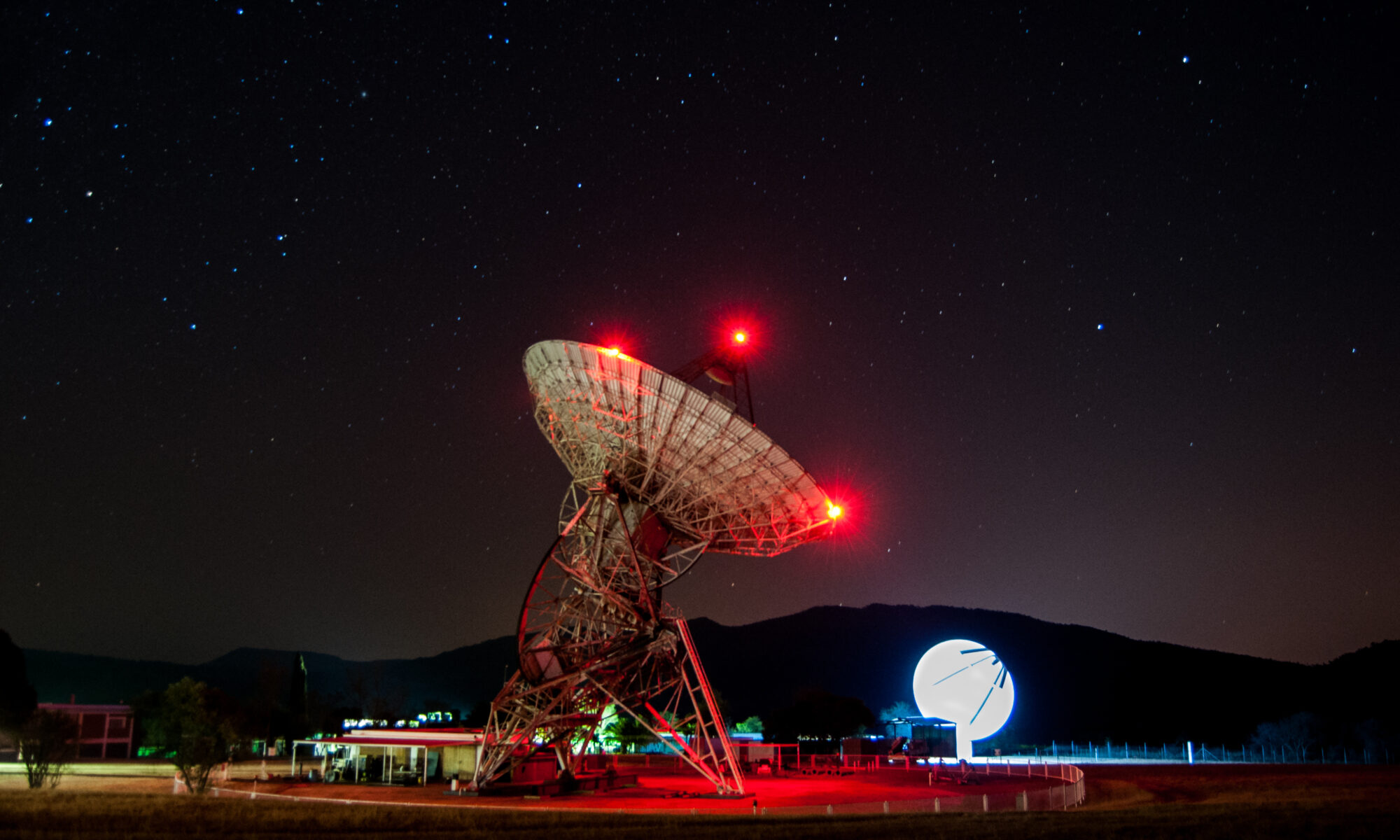GaN Radar System: How It Powers America’s Missile Defense in Alaska
In the heart of Alaska, at Clear Space Force Station, stands one of the most powerful radar systems ever built—the Long Range Discrimination Radar (LRDR). It plays a critical role in the United States’ missile defense network. LRDR can detect intercontinental ballistic missiles and hypersonic threats with extraordinary precision. At the center of this performance is Gallium Nitride (GaN), a high-performance semiconductor that’s reshaping radar technology.
Why GaN was the clear choice for LRDR
Lockheed Martin built the LRDR for the Missile Defense Agency. From the start, the radar needed to do more than detect. It had to track long-range missiles and tell real warheads apart from decoys. Older tech like GaAs and LDMOS couldn’t keep up. Engineers chose GaN for its power, wide bandwidth, and high-frequency performance. These traits made it perfect for a mission this demanding.
GaN’s unique advantages in harsh environments
GaN on silicon carbide offers incredible power density and excellent thermal efficiency. Engineers used it to build compact, powerful radar modules. LRDR uses thousands of these modules arranged in fixed panel arrays. Since the system has no moving parts, it scans airspace faster and with fewer mechanical failures. The amplifiers in each module produce strong, focused signals. GaN’s thermal stability helps these modules work even in Alaska’s harsh climate. The radar also handles wide frequency ranges, which lets it multitask and reject signal interference.

Engineering around the heat
High power means high heat. Engineers didn’t cut corners. They bonded GaN dies using gold-tin solder, which improves heat flow. They also scanned each module to find and eliminate air gaps under the chips. These steps reduced heat buildup and improved reliability. Thanks to this careful engineering, LRDR performs around the clock without overheating or breaking down.
Beyond defense: a model for future radars
LRDR is more than a defense radar. It’s a working model for future systems. It now supports the Ground-Based Midcourse Defense system. It also sends data to interceptor missiles that aim to destroy incoming threats. LRDR improves their odds by identifying decoys early. And because its design is scalable, other agencies are exploring it as a base for radars in the Arctic, Indo-Pacific, and at sea.
The future is powered by GaN
As radar systems evolve, they’ll need to be smarter, faster, and more reliable. GaN makes that future possible. With its ability to handle power, frequency, and heat, GaN has already proven itself in Alaska. LRDR doesn’t just protect the homeland. It shows the world what radar can do when engineers use the right technology.



